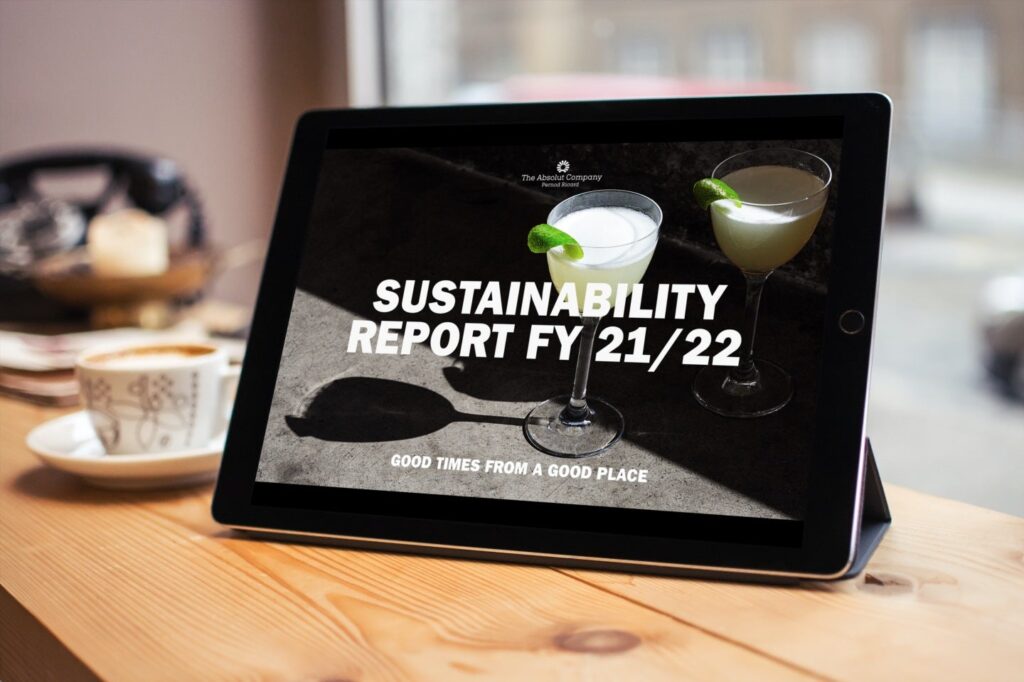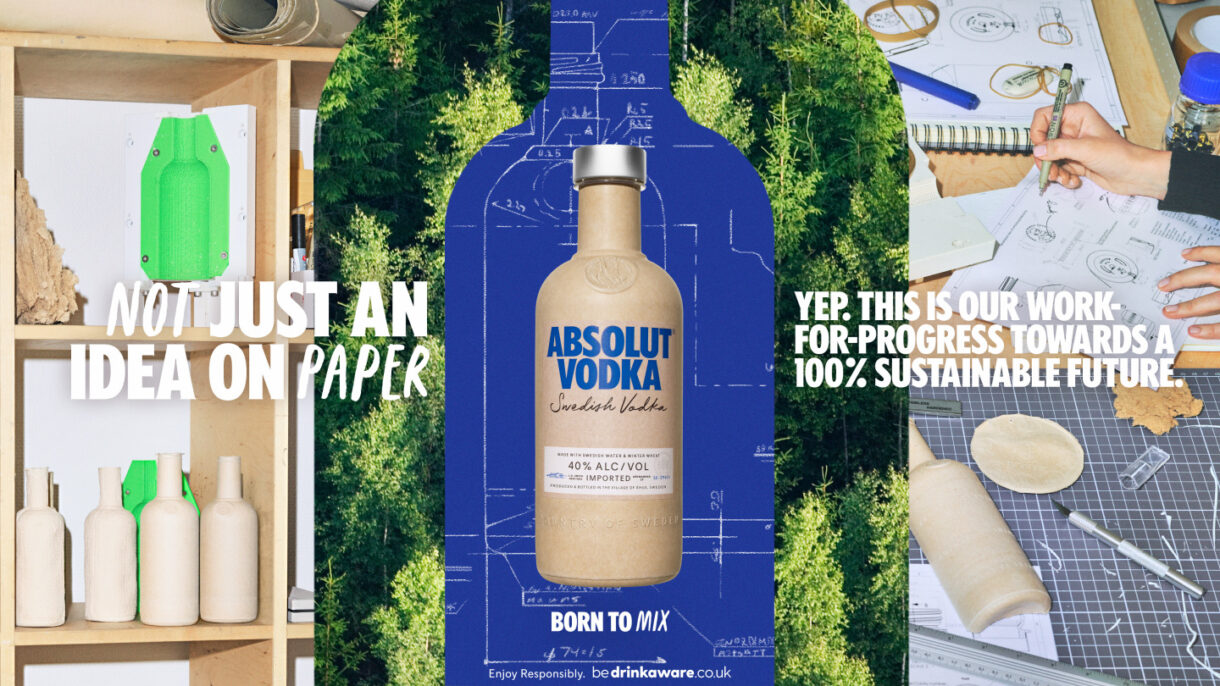
Making iconic plastic bottles recyclable
Malibu and Kahlúa are striving to improve the sustainability of their iconic coloured bottles. Billy King, Director of Technical and Sustainable Performance at TAC, explains the challenges they have encountered and overcome on their bottle journey to be 100% recyclable by 2025.
Malibu and Kahlúa have a challenge. Their iconic brands are, in many ways, synonymous with the colour of their bottles. Yet coloured bottles disrupt the plastic recycling chain. When they fall into a clear plastic recycling stream, the quality and transparency of the recycled plastic are reduced, limiting its use.
“It’s not to say that Malibu and Kahlúa bottles are not technically recyclable,” says Billy. “But there’s simply no market for anyone in the recycling stream to go to the trouble, so coloured plastic (PET) bottles tend to be removed from the normal recycling stream and sent to landfill.”
Packaging has been a core part of Pernod Ricard’s sustainability roadmap, Good Times for a Good Place since it was launched in 2019. The roadmap is based around four distinct pillars: Nurturing Terroir; Valuing People; Responsible Hosting; and Circular Making – and it is this last pillar where all things plastic and packaging fall.
“We’re on a journey to revise, improve and reduce the plastics we use, driven by Pernod Ricard’s circular making sustainability strategy. That pillar drives the guidelines for all of its brands to follow,” says Billy.
We’re on a journey to revise, improve and reduce the plastics we use, driven by Pernod Ricard’s circular making sustainability strategy. That pillar drives the guidelines for all of its brands to follow.
Billy King, Global Operations Director, Technical and Sustainable performance
The strategy set out by Pernod Ricard was to have at least 25% recycled plastic in its packaging by 2025. Malibu met the target four years ahead of plan – today, Malibu bottles are made with 30% recycled plastic. The challenge now is to meet the Group’s ambition for 100% of packaging to be reusable, recyclable compostable by 2025.
Both the Malibu and Kahlúa brands have been striving to find solutions to remain on track to reach the target.
The journey has been more straightforward for Kahlúa. After all, it’s a liqueur that is dark in colour and so a clear plastic bottle doesn’t change how it looks on store shelves or behind a bar. However, the same cannot be said for Malibu. It is a clear drink and so the bottle’s iconic white branding is lost in a clear plastic bottle.
“Kahlúa was a relatively simple problem to fix because it’s virtually a black liquid and so, we were able to change quite quickly to a clear PET bottle. With the dark-coloured liquid, when the bottle is on the shelf it doesn’t look too different from how it did previously. Subsequently, we have transferred the vast majority of the Kahlúa’s PET bottles from dark amber to clear – and that makes the bottles fully recyclable,” says Billy.
“For Malibu, it has been more of a challenge. A huge part of Malibu’s brand identity is its iconic white bottle. So, we have decided to change to a clear PET bottle but apply PET white sleeve over the top – by working closely with our suppliers to carefully select the correct sleeve material and ink system, we can ensure the finished bottle will be fully recyclable in market.”
Malibu took advice from the Association of Plastic Recyclers (APR) in the US because that is where the vast majority of the spirit is sold (in 1.75-litre PET bottles). It has since been given the go-ahead to use a sleeve, so long as certain conditions are met. The sleeves need to be made from crystallisable PET, which doesn’t need to be separated from the plastic bottle and can therefore go through the normal recycling system.
Despite meeting the requirements of the APR, the challenges haven’t ended there.
First, as signatories to the New Plastics Economy, an initiative of the Ellen MacArthur Foundation (the charity inspired by the world-renowned sailor to create a circular economy), commitments have been made to reduce the total amount of virgin PET that Malibu uses by 5% by 2025. However, the new plastic sleeve will slightly increase the amount of virgin plastic so, to mitigate this, greater amounts of post-consumer recycled plastic are now being put into bottles.
Second, Malibu has had to turn to new technology to apply the new sleeves to the plastic bottles. To apply a sleeve to a PET bottle, it needs to go through a steam tunnel at temperatures of around 100 degrees. This isn’t a problem with glass bottles but at such high temperatures, traditional plastic bottles can deform or shrink.
“We’ve introduced heat set technology – the technology a plastic bottle supplier would use if they were supplying a hot-filled product. The manufacturing process used means the plastic can withstand higher temperatures than a normal plastic bottle,” Billy says.
The trials for Malibu have been very positive, says Billy. It has applied new sleeves onto the bottles, albeit in small volumes, and it is now producing moulds for the new heat set bottles. Billy adds: “We will undertake more extensive trials over the next couple of months but we expect to be in a position to do a full production run using these sleeves by the end of summer.”

Download the report
This, and more, is from the Sustainability Report for fiscal year 21/22. It’s available on this site, as well as in PDF form if you prefer (27 MB).


